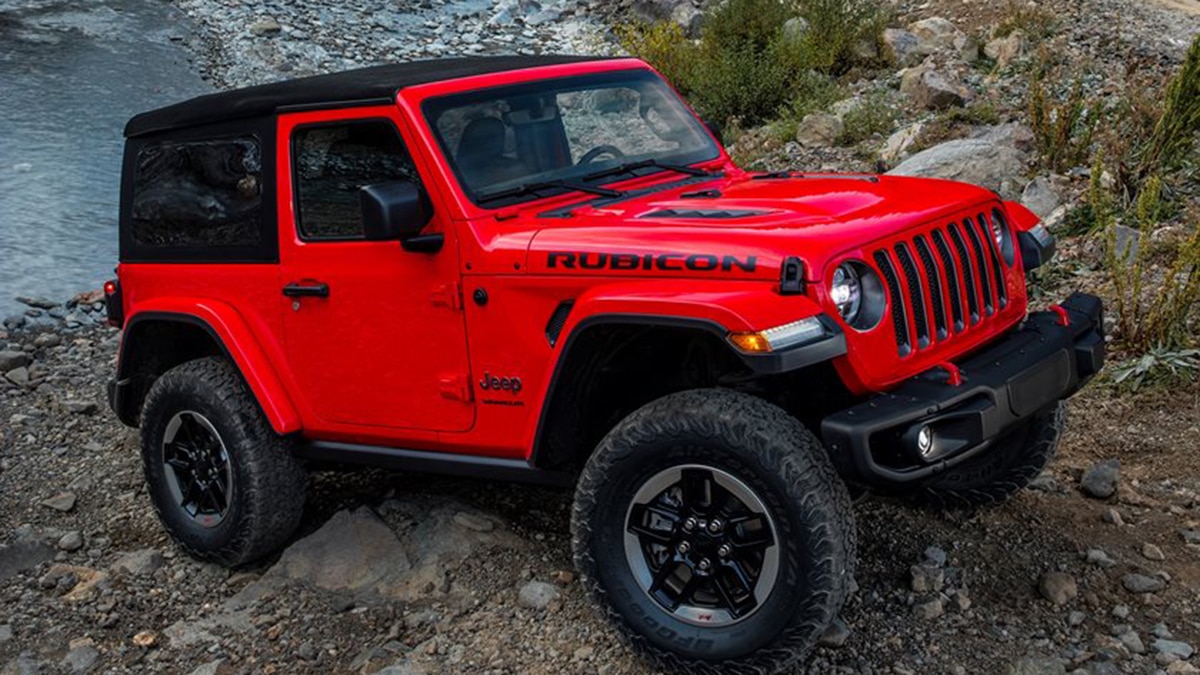When buying a car, people often focus on upfront factors — style, features, fuel efficiency, performance, and price. While these elements are certainly important, one key aspect often goes overlooked until much later: resale value. It’s easy to be drawn in by the latest model’s sleek design or promotional pricing, but the long-term financial health of your purchase depends just as much — if not more — on how well that vehicle holds its value over time.
Resale value is the hidden cost or benefit that can either reward you down the road or leave you with a depreciated asset that no one wants to buy.
The auto market is constantly evolving, and consumer behavior follows suit. While depreciation is an unavoidable reality of car ownership, not all vehicles lose value at the same pace. Some defy the odds by retaining a significant portion of their worth years after they roll off the lot.
These vehicles are considered resale champions — they may cost a bit more upfront or seem average on paper, but they provide a strong return on investment through slower depreciation and high demand in the used market. They are the cars people still want to buy long after the showroom lights have dimmed.
On the other end of the spectrum are cars that depreciate rapidly, not because they’re inherently terrible, but because they fail to meet the expectations of the used-car market. These may be vehicles with poor reliability records, limited appeal, niche designs, or simply ones that never quite caught on with buyers.
Even if they had decent sales numbers at launch, these cars often fall off the radar quickly and become liabilities for their owners when it’s time to sell or trade in. Whether due to brand perception, cost of ownership, or lack of support, these cars struggle to find a second life, often ending up deeply discounted or abandoned in resale listings.
This article explores both sides of the spectrum. We’ll look at five cars with legendary resale value — models that hold their ground, defy depreciation, and attract consistent demand. These vehicles, through a blend of reliability, cultural impact, performance, and versatility, manage to stay relevant and valuable far longer than average.
Buyers seek them out not just for practicality, but also because they know they’re making a smart financial decision. These are the cars you can count on to give you something back, even after years of use. Then we’ll examine five cars that the resale market routinely rejects. These are models that suffer from lackluster demand, questionable reliability, or simply poor brand image, making them difficult to offload at a reasonable price.
In many cases, owners of these vehicles are forced to take major losses, and the pool of potential buyers becomes narrower as newer, better-equipped options hit the market. These are the vehicles that quickly become cautionary tales — lessons in the importance of doing thorough research before making a purchase.
Understanding which cars hold value and which do not is about more than saving money. It’s also about aligning your purchase with your lifestyle, expectations, and long-term plans. A car is often the second-largest investment people make after a home, and making an informed choice at the outset can pay dividends in the future — or cost you dearly.
For many, it’s the difference between trading in a vehicle for a good price after five years or being stuck with something that’s worth only a fraction of its cost, with few interested buyers in sight.
The vehicles featured in this article cover a range of categories — trucks, sedans, crossovers, and compacts — to provide a well-rounded view of the resale landscape. Whether you’re a daily commuter, an off-road adventurer, a budget-conscious shopper, or a luxury seeker, understanding the nuances of depreciation and resale desirability can help guide your decisions.
So before you fall for flashy marketing or a one-time dealer discount, pause and consider the bigger picture. A car’s value isn’t just measured by what it offers today — it’s equally about what it will still be worth tomorrow. Let’s take a closer look at the five cars that are resale rock stars — and five you’d be better off avoiding if you hope to get some money back when it’s time to move on.
Also Read: 5 Trucks With the Best Storage Under Seats and 5 Wasting Space
5 Cars With Legendary Resale Value
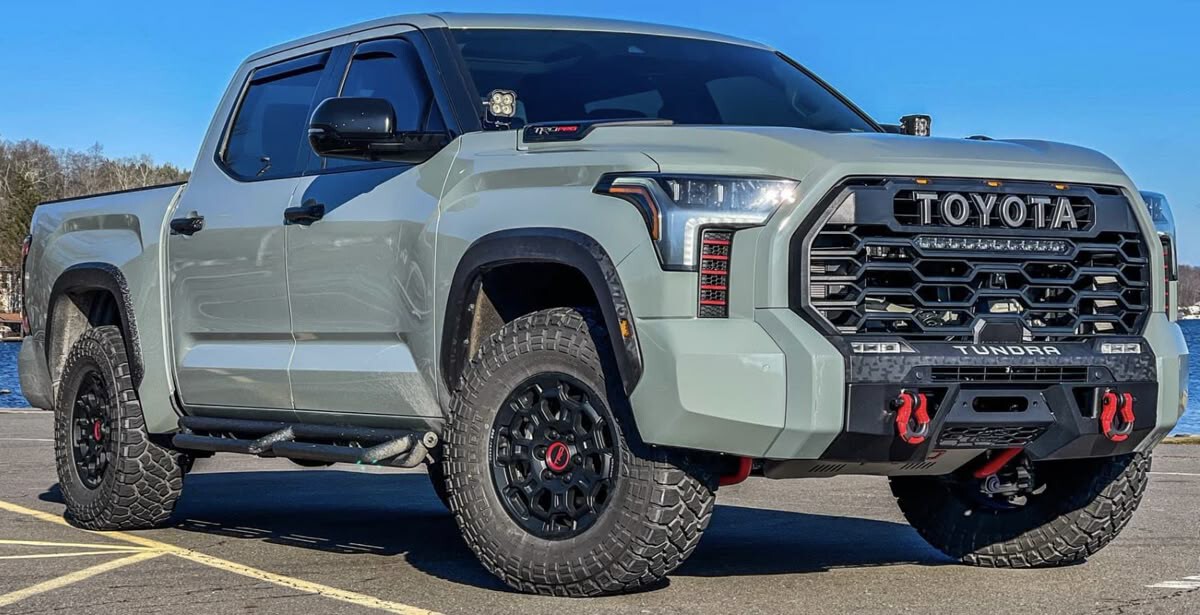
1. Toyota Tacoma
Few vehicles command the kind of loyalty and robust resale value as the Toyota Tacoma. This mid-sized pickup truck has been a staple in the truck market for decades, widely celebrated for its ruggedness, durability, and versatility.
The Tacoma was built with the working individual and outdoor enthusiast in mind — a vehicle capable of handling tough jobs, traversing rugged terrain, and delivering dependable performance no matter the challenge. This combination of utility and reliability has established the Tacoma as a trusted workhorse that keeps its value year after year.
One of the most remarkable aspects of the Tacoma’s resale value is how it defies typical depreciation patterns seen in the truck segment. While many pickups lose a significant portion of their value within the first few years, Tacomas often retain up to 70% or more of their original MSRP even after five years of ownership.
This sustained value is a direct result of Toyota’s unwavering commitment to quality engineering and consistent updates that improve performance and safety without compromising reliability. Additionally, Tacomas are often kept for longer periods by owners who take pride in maintaining them, resulting in fewer low-quality units entering the used market and thus elevating demand for well-kept examples.
The supply and demand dynamics surrounding the Tacoma further fuel its legendary resale status. Toyota has strategically limited production numbers, creating a scarcity effect that drives used Tacoma prices upward. In some regions, this scarcity is so acute that buyers are willing to pay premiums above sticker price for new or near-new Tacomas.
The aftermarket culture also plays a significant role, as owners invest heavily in accessories like lift kits, off-road tires, and custom bumpers, increasing the appeal and value of used vehicles. Enthusiast communities and online forums keep interest high, making it a sought-after vehicle for those looking to buy used.
Moreover, the Tacoma’s strong resale value is supported by its reputation for low maintenance costs and excellent fuel economy for its class. Unlike many larger trucks, the Tacoma’s efficient powertrains offer a balance of power and economy that appeals to a broad range of buyers.
This combination of reliability, affordability, and rugged capability ensures that the Tacoma remains a favorite on dealer lots and private sales alike. For anyone looking for a truck that won’t lose its value rapidly, the Toyota Tacoma stands out as an exceptional investment.
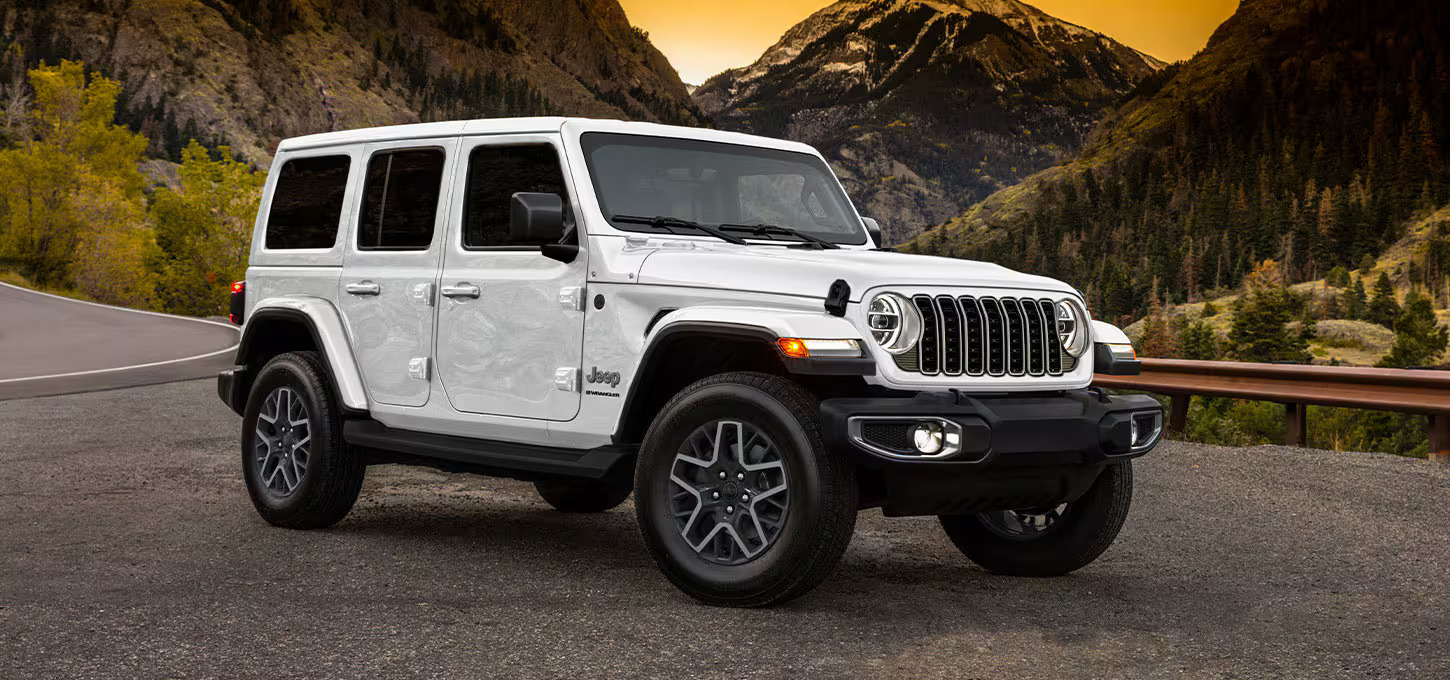
2. Jeep Wrangler
The Jeep Wrangler is one of those rare vehicles that transcends the typical buyer-seller dynamic to become a cultural icon. It embodies freedom, adventure, and an unyielding connection to the outdoors that has earned it a fiercely loyal following.
Its unmistakable boxy silhouette, removable doors, and open-top design create a unique experience that is difficult to match. These characteristics are more than just styling choices — they represent a lifestyle that resonates with a wide audience, keeping demand for Wranglers exceptionally strong in the resale market.
Resale value for the Wrangler is bolstered not only by its cultural significance but by its impressive durability and timeless design. Jeep has maintained the model’s core aesthetic and mechanical principles over several decades, which means that even older Wranglers remain relevant and appealing.
This consistency builds a perception of permanence and reliability, encouraging buyers to view used Wranglers as solid investments. Unlike many other off-road vehicles that fall out of favor due to outdated styling or technology, the Wrangler remains fresh and desirable, partly because of its ability to be customized and personalized.
Limited production runs of special trims, such as the Rubicon and the more recent Gladiator pickup truck, inject further excitement into the Wrangler resale market. These models offer enhanced off-road capabilities and exclusive features that make them collectible and often sell for premiums on the used car market.
Enthusiasts eagerly seek out well-maintained examples to modify and preserve, fostering a thriving secondary market. The Jeep community is known for its camaraderie and shared passion, which drives ongoing demand and helps maintain high resale values.
Another important factor is Jeep’s emphasis on continuous improvement in safety, technology, and comfort without compromising the rugged spirit of the Wrangler. This evolution ensures that newer models attract buyers who want modern amenities, while older models still appeal for their simplicity and raw off-road capability.
As a result, the Jeep Wrangler maintains a wide demographic appeal, from casual drivers who want a reliable daily driver with character, to hardcore off-road enthusiasts seeking the ultimate adventure machine. Its legendary resale value is a reflection of this broad, enduring appeal.

3. Honda Civic
The Honda Civic’s reputation as one of the most reliable and practical compact cars is nearly unmatched. Since its debut in the early 1970s, the Civic has been a go-to choice for buyers seeking a fuel-efficient, affordable, and long-lasting vehicle. Its longevity and proven engineering excellence have translated into one of the strongest resale values in the industry, making it a top contender for anyone who values financial prudence and dependable transportation.
One of the core reasons the Civic enjoys such impressive resale value is Honda’s consistent focus on quality and reliability across generations. Whether it’s the engine, transmission, or chassis, Civics are engineered to endure hundreds of thousands of miles with minimal issues when properly maintained.
This durability makes them attractive to used-car buyers who are wary of hidden repair costs or premature failures. Additionally, the Civic’s straightforward design and widespread availability of parts contribute to low maintenance expenses, further boosting its appeal in the used market.
Demand for the Civic remains robust thanks to its versatility. The model serves a broad range of buyers — from college students and first-time drivers seeking an affordable, easy-to-drive car, to commuters and even car enthusiasts who appreciate the Civic’s tuning potential.
The sportier trims, such as the Si and Type R, have cultivated their own cult followings, adding an extra dimension to the Civic’s market strength. This broad appeal helps keep resale prices steady, as there is always a ready pool of interested buyers.
Another important factor contributing to the Civic’s resale strength is its strong safety ratings and continuous technological updates. Honda has consistently introduced advanced driver-assistance systems, improved fuel economy, and enhanced infotainment features, which keep each new Civic competitive in the marketplace.
Even older models benefit from their reputation for safety and efficiency, maintaining desirability among families and individuals alike. This blend of attributes — reliability, versatility, and modern features — cements the Honda Civic as one of the most financially sensible car purchases one can make.
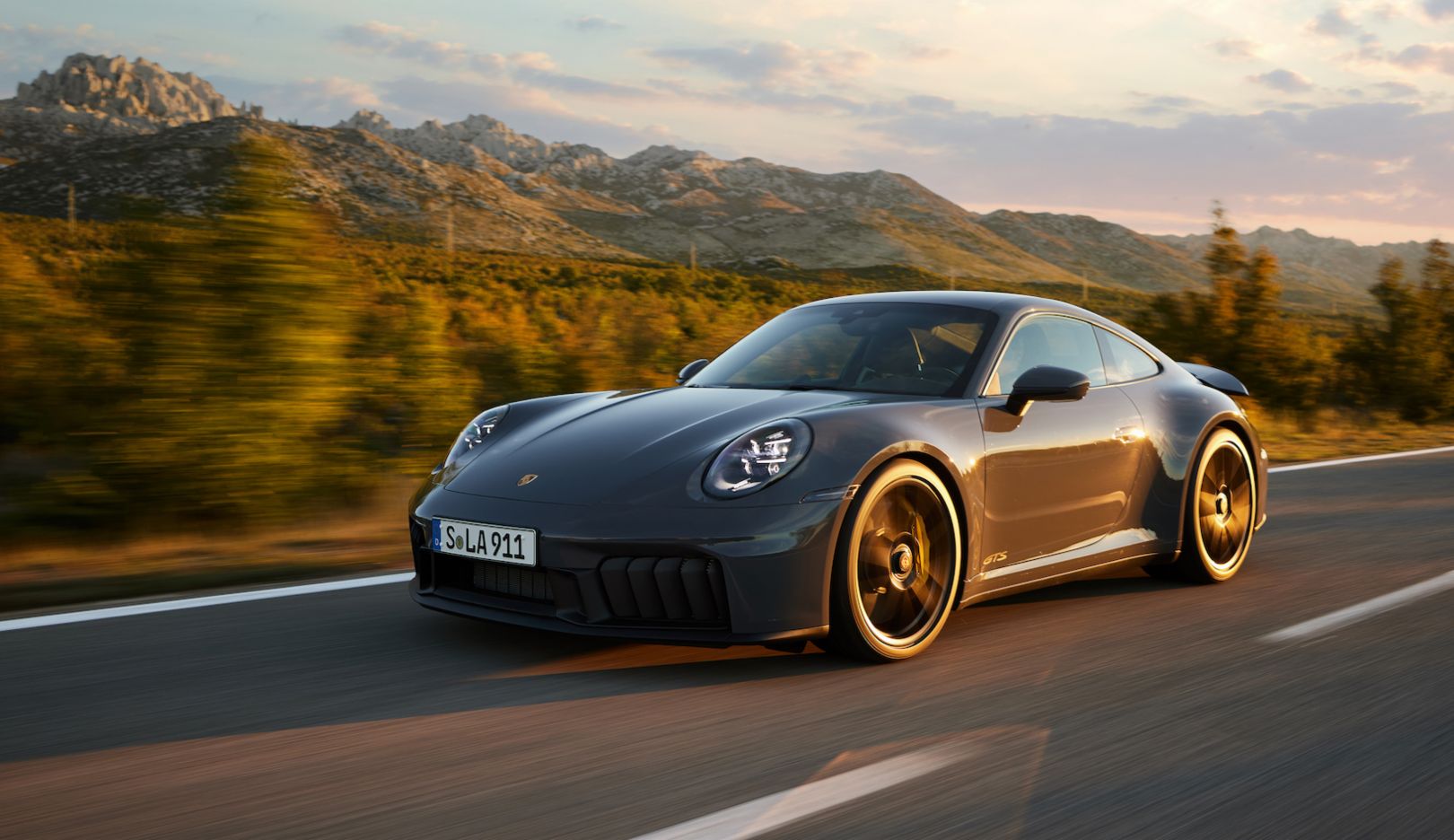
4. Porsche 911
The Porsche 911 is far more than just a sports car — it’s a legend in the automotive world. Renowned for its exceptional engineering, iconic design, and racing pedigree, the 911 holds a unique place in the market that allows it to retain value in a way few other sports cars can match. From its beginnings in the 1960s to its modern iterations, the 911 has consistently pushed the boundaries of performance while maintaining an unmistakable identity.
A major reason behind the Porsche 911’s legendary resale value is its blend of timeless aesthetics and engineering excellence. The car’s distinctive silhouette and rear-engine layout have remained remarkably consistent, fostering a strong collector community that prizes both new and vintage models.
Early air-cooled 911s, in particular, have become highly sought after and often appreciate in value, reflecting the model’s status as a classic. Buyers recognize that owning a 911 is not just about driving — it’s about owning a piece of automotive history.
Beyond its historical significance, the 911 is also praised for its build quality and driving dynamics. Porsche’s commitment to precision engineering and rigorous quality control means that these cars tend to age well, with many examples running smoothly after hundreds of thousands of miles.
This reliability, combined with Porsche’s reputation for premium craftsmanship, makes the 911 a sound investment despite its high initial cost. Buyers looking for performance cars with lasting value often turn to the 911 over less prestigious alternatives.
The strong aftermarket and enthusiast culture surrounding the Porsche 911 further boosts its resale value. Many owners invest in performance upgrades, restorations, and limited-edition trims, which can significantly increase a vehicle’s worth.
Porsche’s tradition of producing special models and variants — such as the Turbo, GT3, and Carrera RS — creates layers of desirability that appeal to collectors and driving enthusiasts alike. The 911’s blend of daily usability, track-ready capability, and brand cachet ensures its status as one of the few sports cars that consistently hold, and sometimes increase, their market value over time.
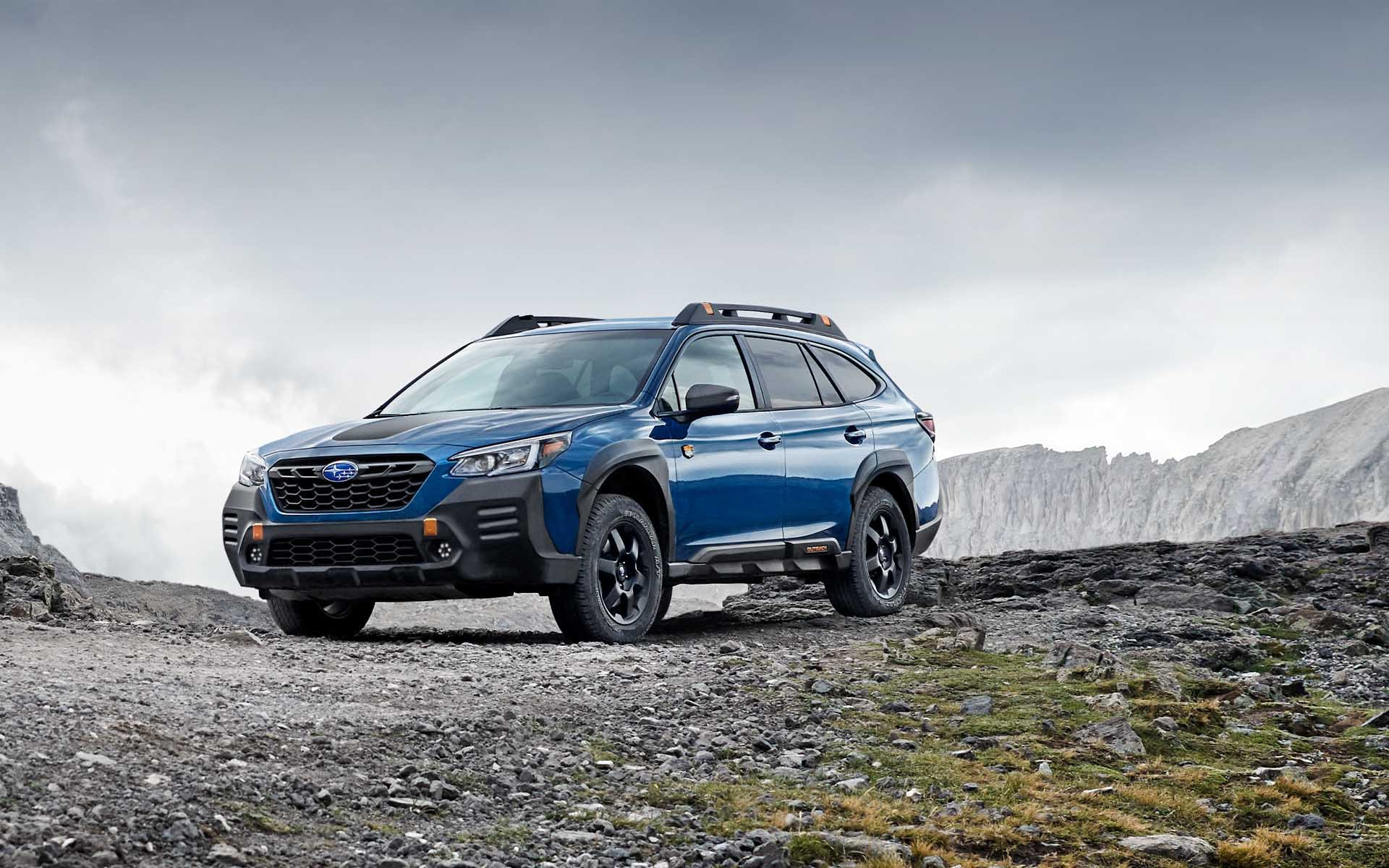
5. Subaru Outback
The Subaru Outback occupies a distinctive niche in the automotive world, combining the versatility of a station wagon with the capability of an off-road vehicle. Its reputation for rugged dependability, all-weather performance, and practicality has established it as a standout in the crossover segment, translating to strong resale value that persists over many years.
The Outback is often the vehicle of choice for buyers who need a dependable car for a wide range of activities, from family transport to outdoor adventures.
One of the primary drivers of the Outback’s impressive resale performance is Subaru’s signature symmetrical all-wheel-drive system. This technology provides exceptional traction and stability in adverse weather conditions such as snow, rain, or muddy terrain.
In regions prone to such challenges, the Outback’s AWD system is viewed as an essential safety and performance feature, which keeps demand high in the used market. Buyers trust that an Outback will continue to deliver reliable performance long after its warranty expires.
The Outback’s appeal is also grounded in its practicality and comfort. Unlike many rugged SUVs that compromise interior space or ride quality, the Outback offers a spacious cabin with a smooth ride, generous cargo capacity, and family-friendly features.
This balance of utility and comfort broadens its appeal, attracting a wide demographic that ranges from young professionals and families to retirees who enjoy outdoor hobbies. This broad market appeal keeps resale prices buoyant across multiple model years.
Subaru’s reputation for safety and long-term reliability also plays a critical role in the Outback’s resale value. With consistently high safety ratings and a proven track record for durability, the Outback inspires confidence in secondhand buyers.
Furthermore, Subaru owners tend to be fiercely loyal, often returning to the brand when it’s time for a new vehicle and recommending it to others. This loyal customer base contributes to steady demand for used Outbacks, helping maintain their resale value and underscoring the vehicle’s enduring appeal.
5 Cars That Nobody Wants
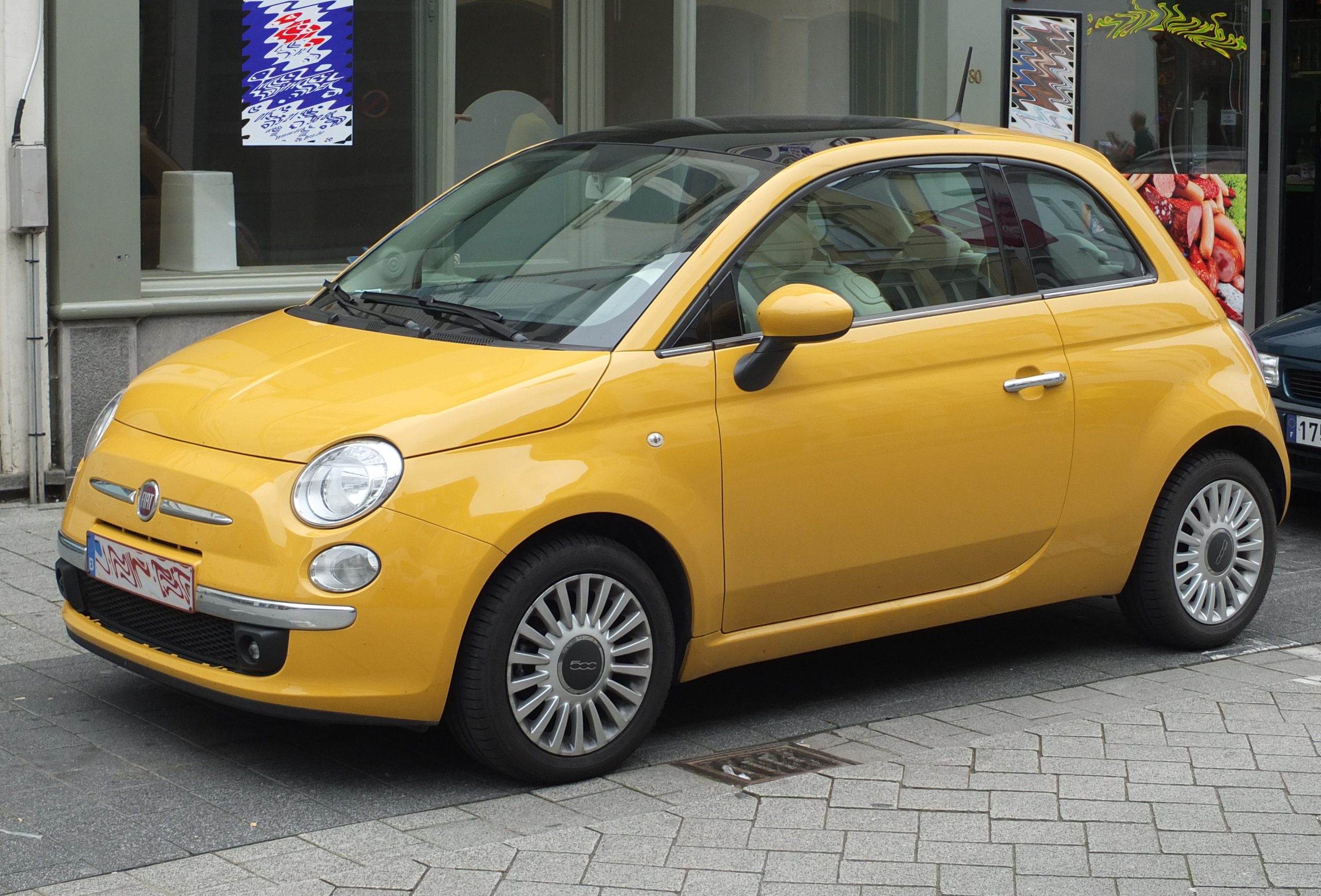
1. Fiat 500 (Older Models)
The Fiat 500, particularly the older generations imported from Europe or early US models, has faced a tough time establishing itself in the resale market, earning a reputation as a car that nobody truly wants to buy used. While its retro styling and compact dimensions initially attracted urban drivers and those looking for a quirky, fun city car, the 500’s charm often quickly faded when confronted with the realities of daily driving and long-term ownership. Reliability issues, high maintenance costs, and disappointing build quality led to widespread dissatisfaction, driving down resale values significantly.
Fiat’s historical struggle with quality control and inconsistent engineering results in many older 500s experiencing mechanical breakdowns that can be costly to repair. Components such as the transmission and electrical systems were particularly problematic, leading to frequent visits to the mechanic and out-of-pocket expenses that many owners found frustrating.
This perception of unreliability damaged the Fiat brand’s credibility in many markets, making potential used-car buyers wary of investing in the 500. As word of mouth spread, demand plummeted, and prices dropped accordingly.
Practicality also hampered the Fiat 500’s appeal. Its extremely small cabin and limited cargo space made it ill-suited for anything beyond short, solo trips in dense urban areas. Families and commuters quickly dismissed the car as impractical compared to other subcompacts offering more interior room, better fuel economy, and more robust features.
Additionally, the 500’s relatively high price point when new did not justify its shortcomings, especially given the alternatives from Japanese and Korean manufacturers that dominated the market.
The resale market is further affected by Fiat’s weak dealer network and lack of strong after-sales support in many countries, leaving buyers concerned about ongoing maintenance and parts availability. Consequently, older Fiat 500s often languish on dealer lots or private sale listings, with sellers forced to accept steep discounts just to move the vehicles. In summary, the Fiat 500’s outdated engineering, limited practicality, and poor reliability combine to make it one of the least desirable cars on the used market.
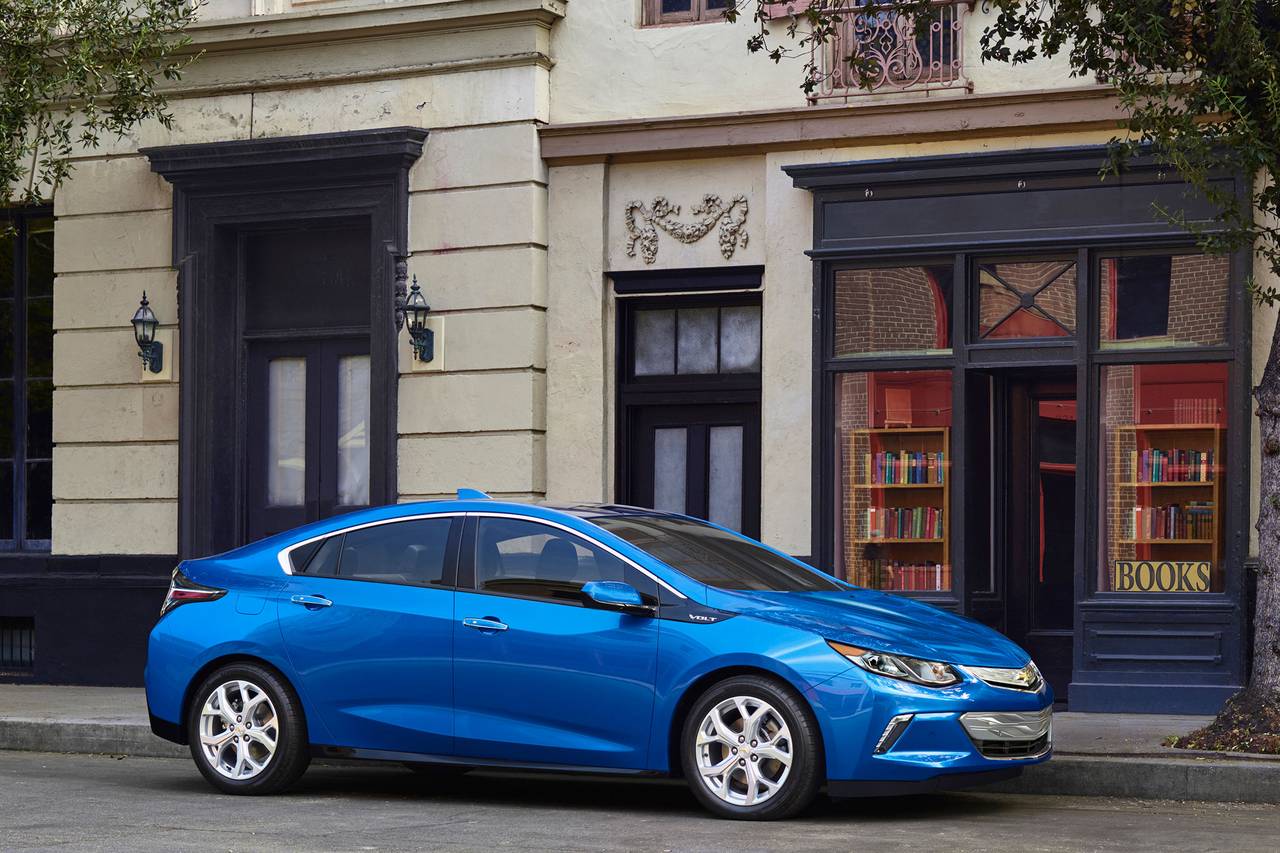
2. Chevrolet Volt (First Generation)
The first-generation Chevrolet Volt holds a complicated place in automotive history as one of the pioneering plug-in hybrids, but this innovation did not translate into strong resale appeal. When the Volt was launched, it represented cutting-edge technology — a gasoline engine combined with an electric motor designed to maximize fuel efficiency while reducing emissions. However, this complexity brought with it a host of issues that have hampered its long-term desirability in the resale market.
One of the key challenges facing the Volt in resale is buyer skepticism regarding battery longevity and replacement costs. Early electric and hybrid vehicles were often seen as experimental, and many potential used car buyers remain concerned about the health of the battery pack — an expensive component to replace.
As newer EV and hybrid technologies emerged with longer ranges and better warranties, the first-generation Volt quickly became outdated, diminishing buyer confidence. This skepticism led many used Volt owners to sell at significant losses, pushing resale values downward.
Furthermore, the Volt’s relatively high initial price compared to conventional gas cars limited its initial market appeal, and that effect extended to the used market. Buyers looking for affordable, practical vehicles often opted for conventional hybrids or fuel-efficient gasoline models with more proven track records.
Additionally, the Volt’s styling and driving experience, while innovative, did not resonate strongly with mainstream buyers. It was neither as sporty as some performance hybrids nor as spacious as many compact cars, placing it in an awkward middle ground.
Chevrolet’s limited investment in marketing and infrastructure for electric and hybrid vehicles at the time also played a role. The Volt was ahead of its time, but the market and supporting ecosystem were not fully ready, leading to lower demand in the resale market.
As a result, many first-generation Volts are now sold at significant discounts, reflecting lingering concerns about obsolescence and maintenance costs. Ultimately, the Volt’s status as an early electric pioneer has unfortunately contributed to its poor resale performance.
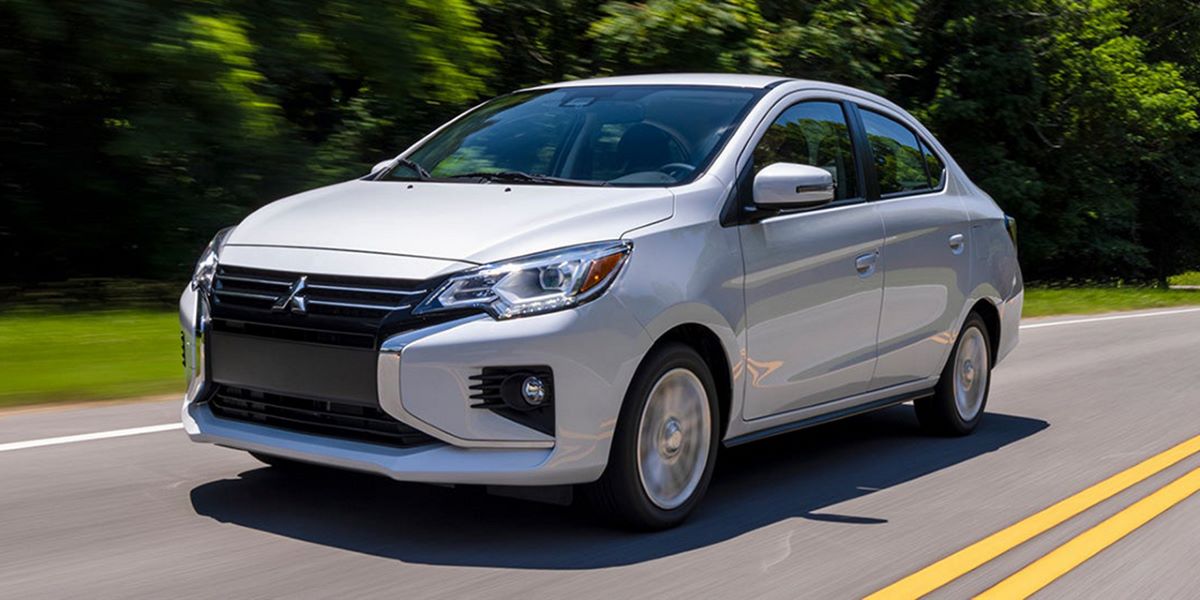
3. Mitsubishi Mirage
The Mitsubishi Mirage has long been an easy target in the automotive world for those seeking the cheapest, most basic transportation, but this bargain-basement appeal has come at a steep cost in the resale market. While the Mirage’s low sticker price and impressive fuel economy may initially attract budget-conscious buyers, the vehicle’s poor build quality, underwhelming performance, and lack of desirable features have made it one of the least wanted cars in used-car listings.
From a performance standpoint, the Mirage suffers from a weak engine that struggles to deliver sufficient power for everyday driving. Its underpowered 3-cylinder engine feels strained during highway merges and uphill climbs, leading to an uninspiring driving experience. Combined with vague steering and a noisy cabin, these factors make the Mirage less appealing compared to other small cars that offer better refinement and comfort. Buyers often describe it as a car you drive out of necessity rather than enjoyment.
The Mirage’s interior quality also leaves much to be desired. Cheap materials, hard plastics, and minimal sound insulation create an environment that feels cheap and unfinished, especially when compared to rivals like the Hyundai Accent or Kia Rio, which have raised the bar for value in the subcompact segment. The car’s basic infotainment system and sparse safety features further diminish its appeal, making it a tough sell even to first-time buyers.
Additionally, Mitsubishi’s shrinking presence in many key markets and a limited dealer and service network contribute to the Mirage’s poor resale value. Potential buyers worry about the long-term availability of parts and support, particularly as Mitsubishi reduces its footprint. These concerns drive demand down and force sellers to accept deep discounts. All these factors combine to make the Mitsubishi Mirage one of the most unwanted vehicles on the used market.
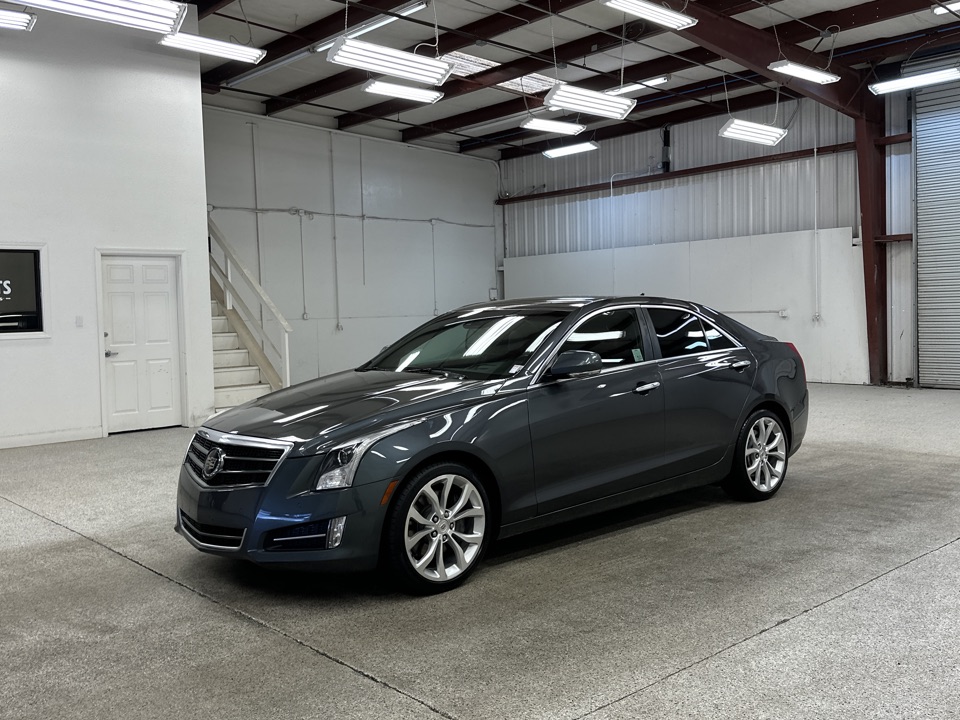
4. Cadillac ATS
The Cadillac ATS was GM’s attempt to break into the fiercely competitive compact luxury sedan market dominated by European giants such as BMW, Audi, and Mercedes-Benz. Although the ATS delivered respectable performance and sharp styling, it struggled to win over buyers and critics alike, resulting in disappointing sales and weak resale value. Its inability to firmly establish itself in the segment has left it with an image problem that significantly impacts its desirability on the used-car market.
One major hurdle for the ATS was Cadillac’s brand perception. While Cadillac has a storied history as a luxury brand, many consumers still associated it with larger, traditional sedans and SUVs rather than nimble, sporty compacts. This disconnect made it difficult for the ATS to compete with the European luxury brands that had cultivated a strong reputation for driving dynamics, refinement, and brand prestige in this segment. Buyers often chose BMW’s 3 Series or Audi’s A4 over the ATS, which was seen as a less refined alternative.
Moreover, the ATS faced criticism for interior quality and technology. Although GM made strides in improving the cabin materials, many reviewers noted that the ATS felt less upscale compared to its rivals. The infotainment system was sometimes criticized for being less intuitive, and the overall fit and finish did not quite meet luxury buyers’ expectations. These issues made it difficult for the ATS to command a premium price on the used market.
The ATS was also introduced during a time of shifting market preferences, with many luxury buyers moving away from sedans in favor of SUVs and crossovers. Cadillac capitalized on this trend by focusing on larger vehicles, which further diminished the ATS’s relevance. When Cadillac discontinued the ATS in 2019, it left a limited supply of used models and decreased confidence among buyers. As a result, the ATS suffers from steep depreciation and low demand, making it one of the harder luxury sedans to sell used.
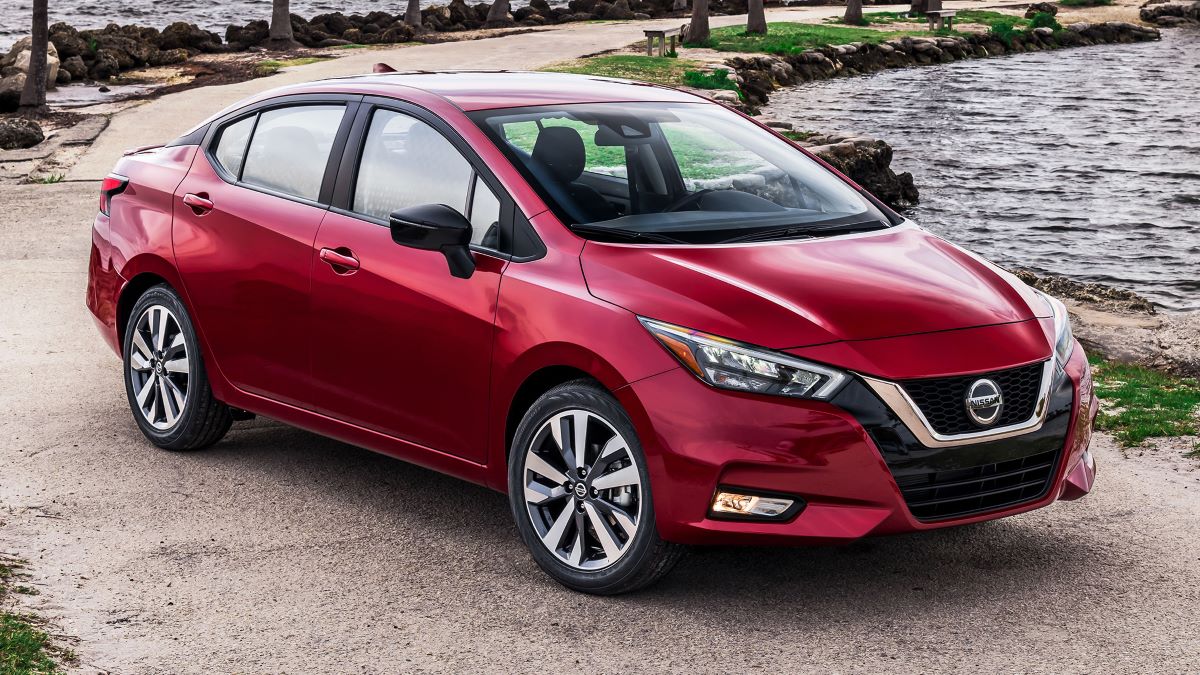
5. Nissan Versa
The Nissan Versa, especially older generations, is often overlooked and undervalued in the resale market, largely because it epitomizes the low-cost, no-frills approach to transportation. While its affordability is a key selling point when new, this advantage does not carry over into the used-car market, where buyers increasingly look for vehicles that combine value with quality, comfort, and reliability.
Performance and driving dynamics are areas where the Versa falls short compared to competitors. Its underpowered engine delivers lackluster acceleration, and the car’s suspension and handling feel uninspired, making it a less enjoyable choice for daily commuting or highway driving. When buyers test drive used cars, they tend to favor vehicles that offer a more engaging and comfortable experience, causing the Versa to lose out.
The interior quality and feature set in the Versa have historically been minimal, reflecting its budget roots. Sparse standard equipment and the use of hard plastics throughout the cabin give the impression of a basic, stripped-down vehicle. Although newer generations have improved slightly, older Versas often lack modern safety and technology features, which can be a red flag for families or individuals prioritizing safety and connectivity.
Nissan’s reputation for long-term reliability is solid but not outstanding in the subcompact category, further impacting the Versa’s resale value. As more consumers research total cost of ownership, they gravitate toward cars known for both reliability and comfort, such as the Honda Fit or Toyota Yaris, which leaves the Versa at a disadvantage.
Coupled with a crowded subcompact market offering many appealing alternatives, the Versa’s resale value tends to be among the lowest, reflecting its position as a practical but uninspired vehicle that many buyers actively avoid on the used market.
Also Read: 5 Sedans With the Best Key Fob Range and 5 That Fail At Distance
Resale value is more than a number — it’s a reflection of everything a car represents. It tells a story about reliability, engineering, brand loyalty, practicality, and perception. By examining the resale performance of different vehicles, we gain valuable insight not only into the cars themselves but also into how drivers think, what they value, and how the industry evolves over time.
Whether you’re selling, trading in, or simply planning ahead, understanding which vehicles maintain their value and which don’t is critical for anyone looking to make a smart, long-term automotive investment.
The five vehicles we highlighted as having legendary resale value didn’t earn that status by accident. They achieved it through consistency, trustworthiness, and broad appeal across markets. The Toyota Tacoma continues to prove that practicality and rugged dependability never go out of style.
Its bulletproof reliability and cult-like following give it a near-mythical status in the used truck market. Similarly, the Jeep Wrangler has transcended its role as an off-road utility vehicle to become a lifestyle statement — one that buyers are willing to pay a premium for, even years after the initial purchase.
Cars like the Honda Civic and Subaru Outback earn their resale strength through different means — mainly through mass-market appeal, safety, and practicality. The Civic has long stood as a symbol of everyday reliability, strong fuel economy, and affordable ownership, which keeps it in high demand on the used lot. The Outback taps into a different ethos — that of the weekend adventurer who also needs a dependable family hauler. Both models demonstrate that resale value can be sustained through functionality and trust, not just flashy marketing or superficial upgrades.
And then there’s the Porsche 911 — a shining example of a car that defies expectations. Despite being a high-end luxury sports car, it retains — and often increases — its value thanks to a legendary driving experience, impeccable engineering, and a fanatical enthusiast base. Its example shows that even premium performance vehicles can be wise investments if they’re built to stand the test of time.
But for every resale superstar, there are cautionary tales. The five cars that nobody wants illustrate how missteps in design, performance, or brand management can tank a vehicle’s value, sometimes almost immediately after purchase. The Fiat 500 serves as a painful reminder that style without substance doesn’t last. What began as a promising reintroduction of a classic European nameplate quickly turned into a reliability nightmare that scared off buyers and tanked used values.
Similarly, the Chevrolet Volt — innovative in concept but flawed in execution — shows how technological advancements need to be paired with long-term vision and support. While early adopters embraced the hybrid-electric platform, most buyers remained hesitant, and its resale value never recovered from those initial doubts.
The Mirage, Versa, and Cadillac ATS represent different sides of the same problem: lack of desirability. Whether due to uninspiring performance, dated features, or an inability to compete in a crowded segment, these vehicles lost buyer interest quickly, dragging their resale values down with them.
What these examples ultimately show is that depreciation is not just about age or mileage — it’s about perception, longevity, and demand. Cars that feel like they can serve multiple purposes over many years tend to hold their value. Cars that feel like short-term compromises tend to fade fast. In an era where car prices are high and loan terms stretch ever longer, being saddled with a vehicle that loses value quickly can have real financial consequences.
So what’s the takeaway for buyers? Research is everything. Don’t just look at price, horsepower, or infotainment screens — consider the car’s reputation, the longevity of its components, the strength of its community, and the historical trends in resale value. Think not just about your needs today, but about your flexibility down the road. Will you be able to sell this car in five years for a decent return? Will someone else want to drive it after you?
In a world where financial prudence is more important than ever, your car should work for you in the long run, not against you. Choosing a vehicle with strong resale value is one of the smartest moves a buyer can make — and just as important, avoiding those that are likely to become unwanted burdens is a decision that can save you thousands.
As trends continue to shift and the auto market evolves, one truth remains constant: the cars that are built to last — in value, appeal, and reliability — will always find a willing buyer.

